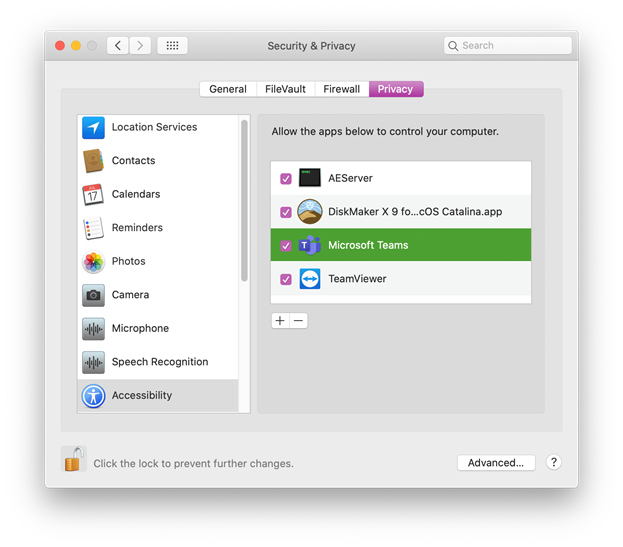

- MACOS SYMBOLIC LINKER HOW TO
- MACOS SYMBOLIC LINKER MAC OS X
- MACOS SYMBOLIC LINKER INSTALL
- MACOS SYMBOLIC LINKER DOWNLOAD
Subscribe to TechRepublic’s How To Make Tech Work on YouTube for all the latest tech advice for business pros from Jack Wallen. Or, you can simply remove the link with the rm command, as in rm link (where link is the name of the link file).Īnd that’s all there is to creating symbolic links in Linux. You can use the unlink command, as in: unlink link From macOS Mojave and above, right click on files/directories, under 'Quick Actions', select 'Make Symbolic Link'. If that doesn't work, then just drag the mounted network volume to the dock. Then drag the mounted Volume to Startup Items. Also, take a mounted drive (drag & drop) to System Preferences->System->Accounts->choose your account->Startup Items. The important thing to remember here is the order: original/link. The Symbolic Linker supports creating symbolic links for single and multiple files/directories via: Dragging the target files/directories and export the corresponding symbolic links. Well, try this contextual menu item to make symbolic links. To do that, you issue the command: sudo ln -s /etc/nginx/sites-available/nf /etc/nginx/sites-enabled/nf Because this also requires admin access, you will have to use sudo to make it work. To enable that new site, you must create a symbolic link from /etc/nginx/sites-available to /etc/nginx/sites-enabled/nf. The link path will be a symbolic link pointing to the original path.
MACOS SYMBOLIC LINKER MAC OS X
Then I just used qmake and make to compile (as described. Prior to Mac OS X v10.2, aliases and symbolic links behaved very differently when a referenced file or folder moved or changed. Creates a new symbolic link on the filesystem.
MACOS SYMBOLIC LINKER INSTALL
Ask macports to install boost and other dependencies with tag +universal. ln -s makes a new file called Classic which points to /Volumes/Classic/. So I found the solution and now it's working, but I'm not sure which one solved the problem : Get Qt from Homebrew (brew install qt), not from Macports or the official website. Let’s say you are using NGINX and you’ve created the nf virtual host configuration in /etc/nginx/sites-available. To create the link, simply type the following: cd / ln -s /Volumes/Classic/ Classic Thats it. The original is the location of the file that contains the data and the link is the symbolic link. We use the -s option to inform the ln command we’re creating a symbolic link. The basic command for creating symbolic links is: ln -s original link You must remember this, as it’s how the command is issued. The idea behind creating a symbolic link is that you’re creating a link from the source to the destination. SEE: Linux file and directory management commands (TechRepublic Premium) In fact, without knowing how to use links, you’ll find some Linux administration tasks quite difficult. Oracle Linux checklist: What to do after installationīy using symbolic links, you make it possible to more easily access other files that might reside in complicated directory paths or are required for certain services, such as enabling virtual host configurations in NGINX. This Linux learning path will help you start using the OS like a proītop is a much-improved take on the Linux top command Open-source repository SourceHut to remove all cryptocurrency-related projects Symbolic links do not contain the data, but rather, a pointer to the actual file that does contain the data. The big cloud storage services Dropbox, Google Drive, Microsoft OneDrive, and others - all have the same problem: they can only synchronize folders inside the cloud storage folder. The Symbolic Linker is a handy tool for creating symbolic links (soft links).
MACOS SYMBOLIC LINKER DOWNLOAD
These are special files that point to other files, similar to shortcuts in Windows or aliases in macOS. Download Symbolic Linker for macOS 10.13 or later and enjoy it on your Mac.

You can use normal file management commands (for example, cp, rm) on the symbolic link.Symbolic links (also called a soft link) are a very important tool to understand in Linux. After you've made the symbolic link, you can perform an operation on or execute myfile, just as you could with the source_file. The ln command then creates the symbolic link.

Replace myfile with the name of the symbolic link. Replace source_file with the name of the existing file for which you want to create the symbolic link (this file can be any existing file or directory across the file systems). To create a symbolic link in Unix, at the Unix prompt, enter: ln -s source_file myfile Also, when you delete a target file, symbolic links to that file become unusable, whereas hard links preserve the contents of the file. This difference gives symbolic links certain qualities that hard links do not have, such as the ability to link to directories, or to files on remote computers networked through NFS. It simply points to another entry somewhere in the file system. Unlike a hard link, a symbolic link does not contain the data in the target file. A symbolic link, also termed a soft link, is a special kind of file that points to another file, much like a shortcut in Windows or a Macintosh alias.


 0 kommentar(er)
0 kommentar(er)
